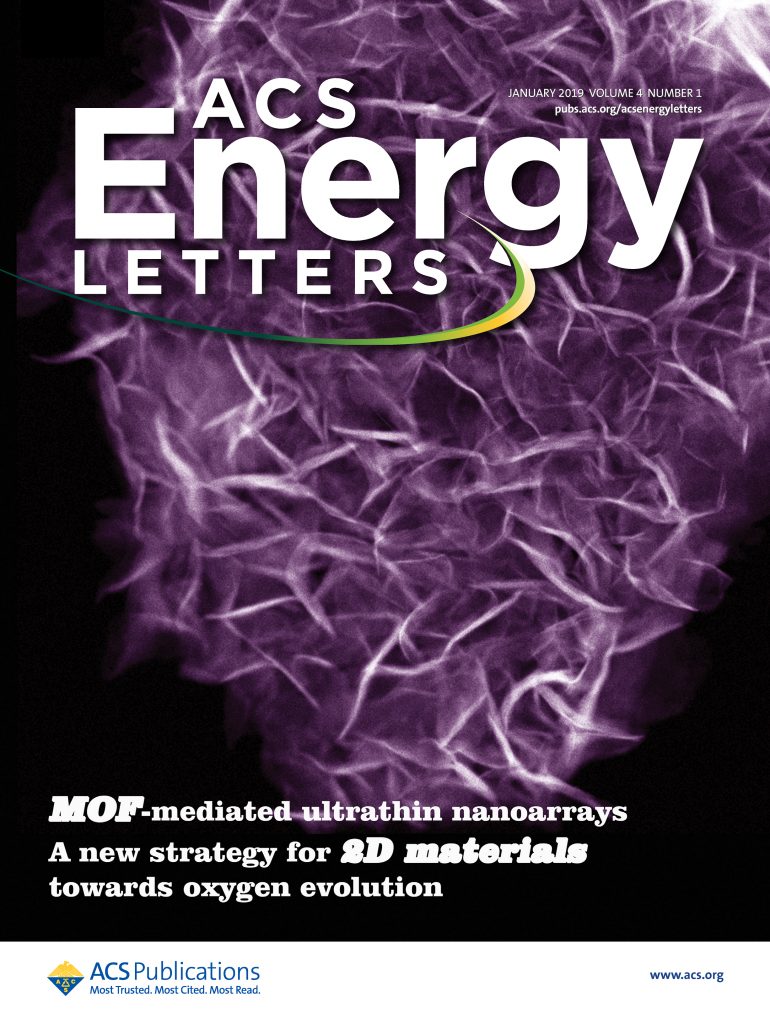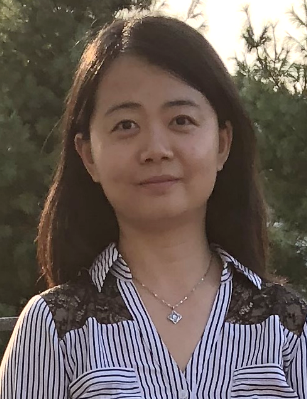Hydrogen is a promising future fuel source for cars and this could become even more feasible because of a new, low-cost hydrogen procurement technique developed by a mechanical engineering researcher.

Shan Hu, an assistant professor of mechanical engineering, and a team of Iowa State University researchers have developed a new catalyst to drive the separation of the hydrogen and oxygen molecules in water by altering the material properties of a compound called metal organic framework. Their findings were published as the cover article for the January issue of the journal ACS Energy Letters, which was one of the journal’s most-read articles for that month.
“For electrocatalyst, a catalyst that participates in electrochemical reactions, state-of-the-art research has shown that defects can drastically improve its catalytic activity. Hence, intentionally introducing defects into material structures could potentially lead to the discovery of novel catalysts with unprecedented performances,” Hu said.
Hu and research team started with the metal organic framework (MOF), a material with a structure that resembles a scaffold with organic linkers being the bars of the scaffold and metal atoms being the connection points. The researchers then developed a room-temperature etching method to dismantle the MOF by removing the linkers and at the same time inducing a hydrolysis process to re-assemble the metal atoms into metal hydroxides.
“These as-obtained metal hydroxides are defect-rich and demonstrate exceptional activity as catalysts for an oxygen evolution reaction, a key half reaction for hydrogen generation via water splitting, where two water molecules are split into two hydrogen and one oxygen molecules,” Hu said.

These defect-rich metal hydroxides are difficult to obtain by conventional methods, such as hydrothermal growth and electrochemical deposition. Hu and her team’s method offers a less expensive, less energy intensive alternative to these conventional approaches.
With its high energy density and CO2-emission free combustion, hydrogen has become a very promising alternative fuel, according to Hu. She cited the Toyota Mirai, the Hyundai Nexo, and the Honda Clarity as examples of hydrogen-powered cars currently on the market and said that the hydrogen procurement method that she and her team developed can lower the cost of hydrogen fuel cell vehicles and make them more market-competitive.

Other researchers involved in this project include Bowei Zhang, a Ph.D. candidate in mechanical engineering supported by the Catron Fellowship, who developed the method to synthesize the defect-rich metal hydroxide from the MOF and then discovered its exceptional activity as a catalyst. Wenyu Huang, an associate professor of chemistry at Iowa State with a research focus on MOF, and his student Zhiyuan Qi, a PhD student in Chemistry, provided expertise in synthesis pathway for the end materials. Lin Zhou, an associate science at Ames Lab and an adjunct faculty member in materials science engineering, and her postdoctoral research associate Tae-Hoon Kim provided microscopic studies of the material to reveal its defect-rich structure and provide a structural explanation for the observed high activity.
Work on this project started in spring 2018 and concluded in fall 2018. This research was partially supported by the National Science Foundation.